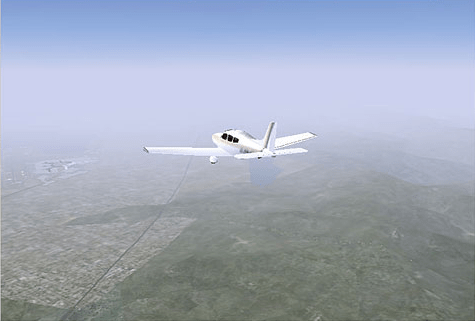Digital DATCOM Forces and Moments
Compute aerodynamic forces and moments using Digital DATCOM static and dynamic stability derivatives
Libraries:
Aerospace Blockset /
Aerodynamics
Description
The Digital DATCOM Forces and Moments block computes the aerodynamic forces and moments about the center of gravity using aerodynamic coefficients from Digital DATCOM.
The Digital DATCOM Forces and Moments block port labels change based on the input and output units selected from the Units list.
Examples
Limitations
The Digital DATCOM Forces and Moments block supports only Digital DATCOM, which is the 1976 version of DATCOM.
The operational limitations of Digital DATCOM apply to the data contained in the Digital DATCOM structure parameter. For more information on Digital DATCOM limitations, see Section 2.4.5 of reference [1].
The Digital DATCOM structure parameters
alpha,mach,alt,grndht, anddeltamust be strictly monotonically increasing to be used with the Digital DATCOM Forces and Moments block.The Digital DATCOM structure coefficients must correspond to the dimensions of the breakpoints (
alpha,mach,alt,grndht, anddelta) to be used with the Digital DATCOM Forces and Moments block.
Ports
Input
Output
Parameters
Algorithms
References
[1] The USAF Stability and Control Digital Datcom, AFFDL-TR-79-3032, 1979.
[2] Etkin, B., and L. D. Reid. Dynamics of Flight Stability and Control, Hoboken, NJ: John Wiley & Sons, 1996.
[3] Roskam, J. "Airplane Design Part VI: Preliminary Calculation of Aerodynamic, Thrust and Power Characteristics", Roskam Aviation and Engineering Corporation, Ottawa, Kansas: 1987.
[4] Stevens, B. L., and F. L. Lewis. Aircraft Control and Simulation, Hoboken, NJ: John Wiley & Sons, 1992.
Extended Capabilities
Version History
Introduced in R2006b


